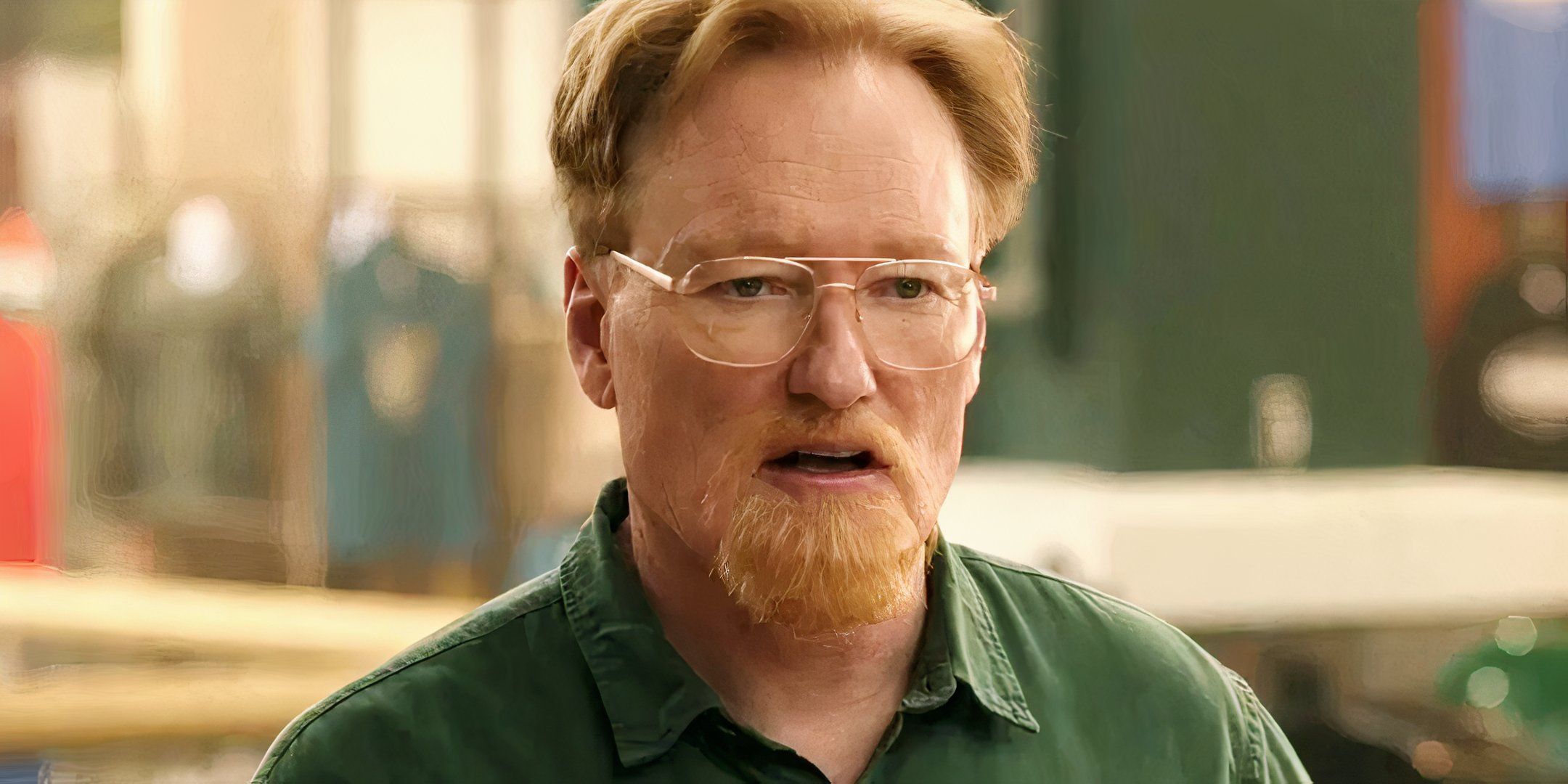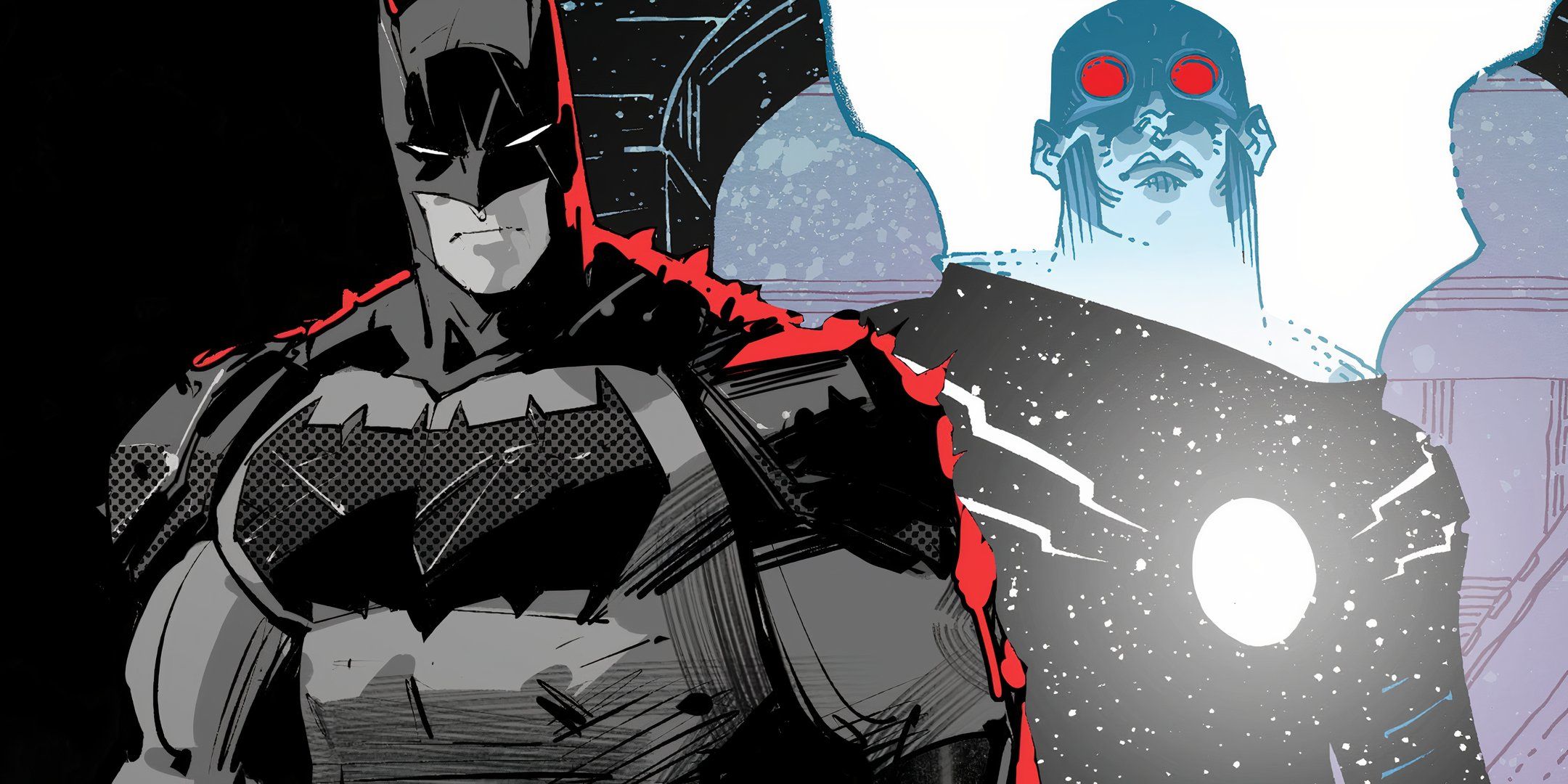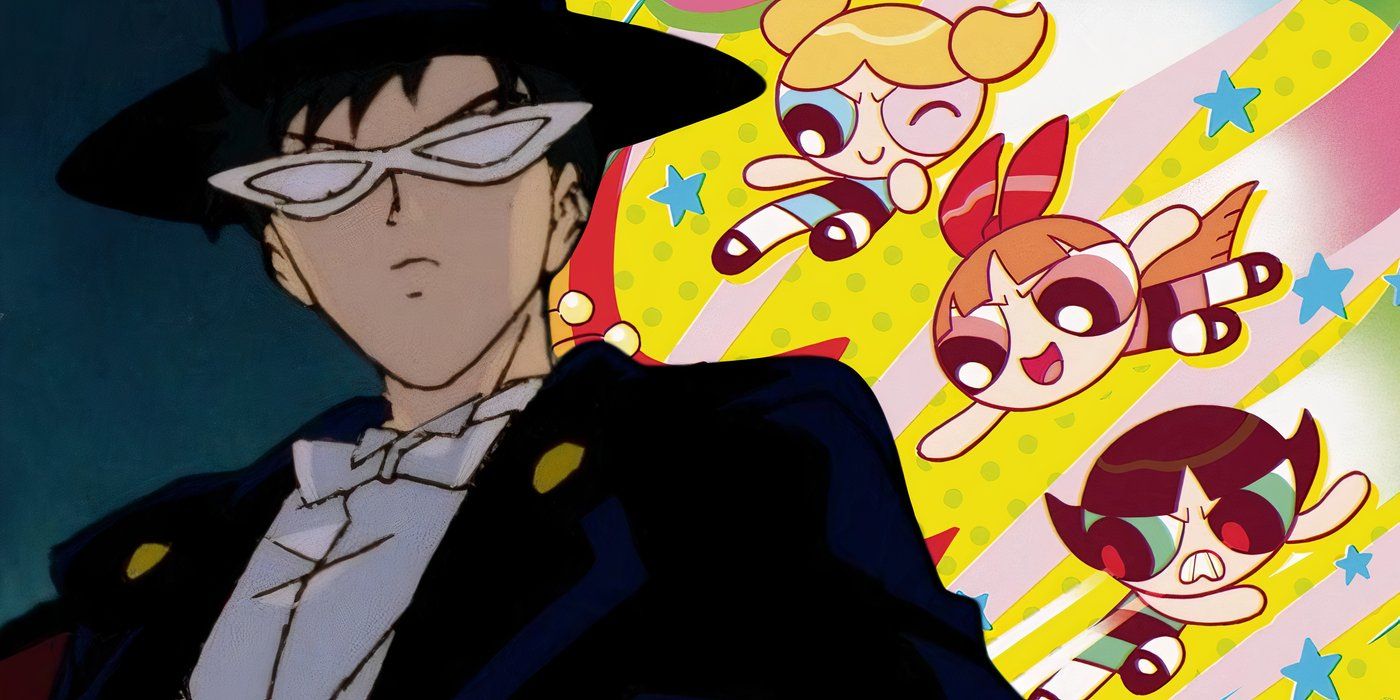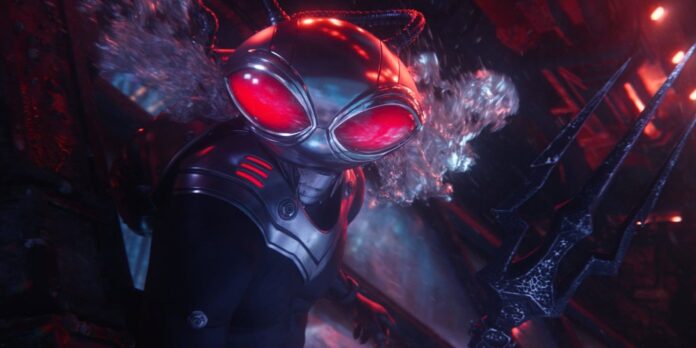## Forget the Bat Signal, DC Needs a Guiding Light: Autism Representation Takes Center Stage For years, fans have speculated about the potential for neurodiversity within the world of DC Comics. Now, in a groundbreaking move, the publisher has officially confirmed that one of its beloved characters lives with autism. It’s a step towards greater inclusivity, but DC acknowledges it hasn’t always gotten it right, admitting past portrayals have been “callous.” Read on to discover which character is taking center stage and what this momentous decision means for the future of superhero stories.
DC’s Stumbling Steps Towards Autistic Representation

DC Comics recently confirmed that Black Manta is “the only prominent DC character who has ever explicitly been identified as autistic in the comics” – a statement that highlights both the publisher’s commitment to including neurodivergent characters in its stories and the vast distance it still has to travel to be truly inclusive. This admission came in response to a fan question on DC’s online platform, “Ask The Question,” where editorial staff answer fan inquiries. Alex Jaffe, who identifies as being “on the spectrum” himself, candidly acknowledged that the number of autistic DC characters can be counted on one hand, and even then, DC doesn’t quite get it right.
Black Manta’s Autism: A Step Forward or a Missed Opportunity?
The Limited Representation of Autism in DC Comics

As Jaffe pointed out, only a handful of DC characters have been explicitly identified as autistic. Abby Holland (Swamp Thing’s wife), Alix Harrower (The Bulleteer) and Guy Gardner have all worked in education for children with special needs, but have no identified neurodivergences themselves. Amistad, the young son of Rocket, was explicitly identified as autistic in season four of the Young Justice animated series, but never in the comics. This lack of representation reflects a broader issue in the comic book industry, where autistic characters remain woefully underrepresented.
Black Manta’s Autism: Problematic Portrayal

While DC’s introduction of Black Manta’s autism in Aquaman (2020) #54 was commendable, the story’s depiction of Black Manta was fundamentally problematic. The narrative directly linked Black Manta’s autism to his obsession with Aquaman and his villainous path, implying, or at least not refuting, some manner of connection between autism and criminality. Even more concerning was Aquaman’s attempt to “cure” Black Manta of his autism, framing it as a problem to be fixed, rather than a part of who he is.
The Need for Nuance and Sensitivity

In both cases, this portrayal perpetuates harmful stereotypes and misrepresents the autistic community – making the character’s diagnosis a bit of a mixed blessing, if that. Black Manta is a complex and powerful character, and his autism could have been explored in a much more nuanced and sensitive way.
Why DC Needs to Rethink Its Approach to Autistic Characters
Perpetuating Harmful Stereotypes
The way DC has handled Black Manta’s autism perpetuates harmful stereotypes that can have a real-world impact on the lives of autistic individuals. Portraying autism as a source of criminal behavior or something that needs to be “cured” reinforces the misconception that autistic people are dangerous or defective.
The Dangers of “Curing” Autism
The idea that autism needs to be “cured” is deeply offensive and harmful. Autism is a natural variation of human neurology, and autistic people are just as valuable and worthy of respect as anyone else. Framing autism as a problem that needs fixing sends the message that autistic people are not okay as they are.
Creating Authentic and Empowering Narratives
DC has a responsibility to tell authentic and empowering stories about autistic characters. This means moving beyond tokenism and stereotypes, and instead showcasing the diversity, strengths, and challenges of the autistic community. It means working with autistic writers and artists to ensure that these stories are told from an authentic perspective.
What DC Can Do Better: A Call for Real Change
Consulting with Autistic Writers and Artists
The first step DC needs to take is to consult with autistic writers and artists. These are the people who can best understand the lived experiences of autistic people and bring those experiences to life in their stories.
Showcasing Neurodiversity as a Strength
DC needs to move beyond the idea that autism is a deficit. Autistic people have a wide range of talents and abilities, and their neurodiversity can be a source of strength. Stories about autistic characters should celebrate these strengths and show the world that autism is not something to be feared or ashamed of.
Moving Beyond Tokenism and Stereotypes
Simply adding an autistic character to a story is not enough. DC needs to ensure that these characters are well-developed, complex, and treated with respect. They need to avoid relying on tired stereotypes and instead create authentic and nuanced portrayals of autistic people.
Conclusion
safe

